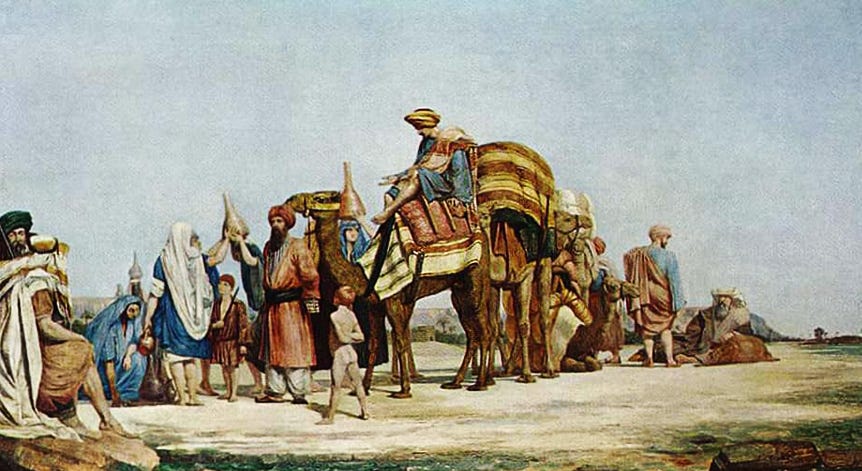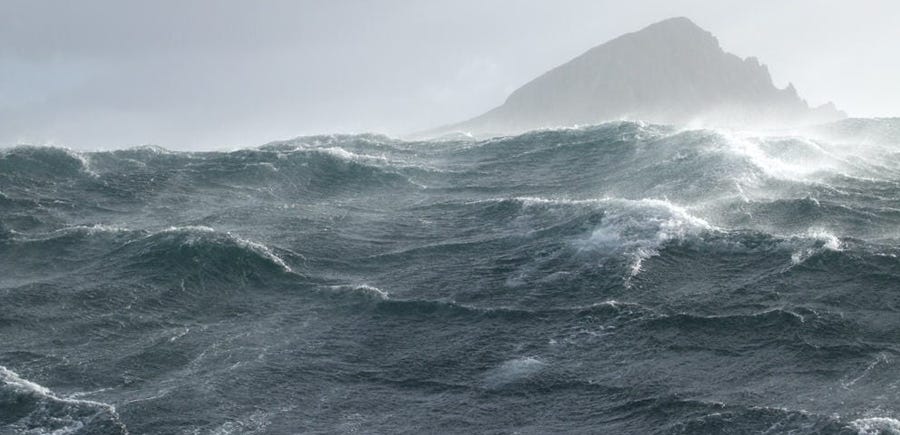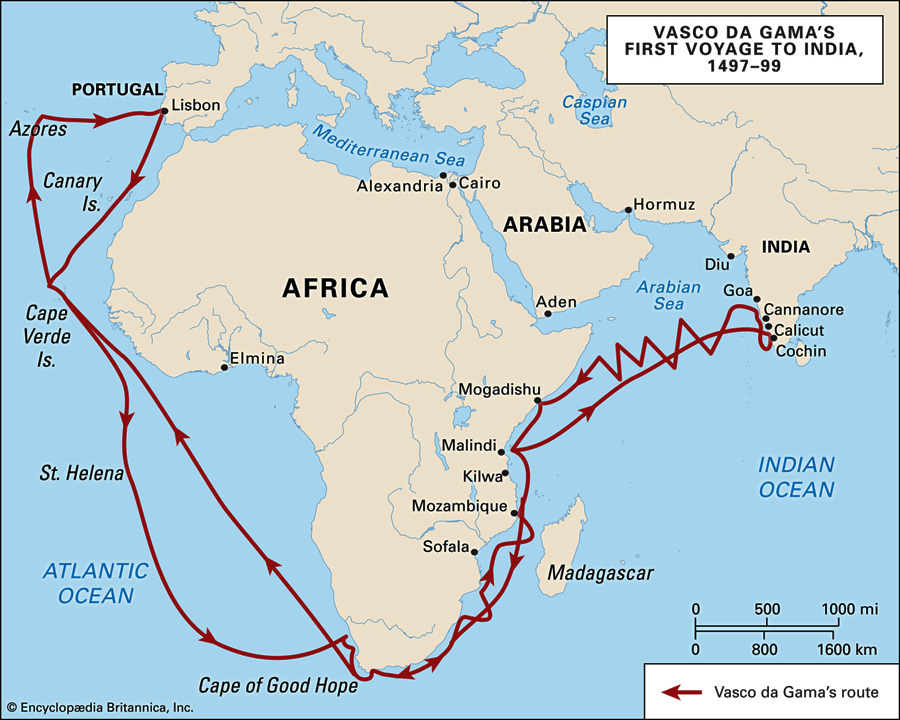Pass the Black Pepper...and the Black Powder!
Empires rose and fell and world history was bloodied because of this stuff
In a time when kids think milk comes from cartons, not cows, cereal comes from boxes, not grains and meat originates in the cold bin at the supermarket, it’s little wonder that most of us imagine black pepper comes from a shaker.
But the truth is that this spice comes to us from hundreds of years of treachery, destruction and bloody murder carried on through the rise and fall of several civilizations. It was highly favored from India and Egypt to ancient Turkey and Rome. Black pepper is mentioned in records in India dated 4,000 years ago and was favored by the Pharaoh Ramses II, whose mummy was found to have black peppercorns stuffed into his nostrils, maybe imagining that he could sneeze himself back to life.
Alaric, King of the Visigoths, as you may recall being pleased to learn at school, besieged Rome in 476 AD and demanded and received from the Roman government a huge amount of gold and silver. But, no, that wasn’t enough for Alaric. He also demanded and got 3,000 pounds of black pepper! Rome didn’t last long after that and neither did the spice trade. Muslim traders and warlords virtually ended the overland transport of spices from India, forcing entrepreneurs in the spice trade to try to find sea routes.
It’s hard for us nowadays to imagine not being able to run to the store and pick up a tin of black pepper for a buck and a half. The alternative for Europeans in 1496, was to fund an entire caravan for a five-month jaunt across mountains and deserts to India for the stuff while being shaken down along the way by Muslim traders for permission to proceed. Somebody had to figure a way around all that. Somebody did.

He was Vasco da Gama, a Portuguese explorer, of whom you might have heard had you attended school sometime before the 1960’s, when actual history (among other subjects) was still being taught.
He did that by sailing all the way down the west coast of Africa and then around its southern extremity known as the Cape of Good Hope. From there he sailed north along Africa’s eastern coast and then headed northeast until he reached the west coast of India. Just going around the cape was no small feat.


Da Gama was the first to find away across the ocean to India. He accomplished what many explorers before him could not do. The discovery of this sea route helped the Portuguese establish a colonial empire in Asia and Africa and get obscenely rich while avoiding Arab shakedowns. Better access to Indian spice markets hugely boosted Portugal’s economy.
But da Gama was not a nice guy!
On his second voyage, da Gama stopped a ship carrying Muslims from Calicut, India, to Mecca. Over 400 people, including women and children, were aboard that ship when it was looted by da Gama. He not only looted it, he set it ablaze with all those people on board. They were all killed by fire. Da Gama was first promised wealth by the ship’s crew in exchange for their mercy, but he slaughtered them all!
The Portuguese then fought the bloody Battle of Diu on India’s west coast. It was the most important naval battle of its time and had a major impact on world trade. The Portuguese won the fight.
Think about all that blood and mayhem the next time you tap a few sprinkles of nutmeg on your eggnog or relish a cinnamon bun or dry rub your Boston butt with black pepper! None of that stuff got to your table without a hefty measure of human suffering.
The Portuguese subsequently were able to devastate the land and cripple the trade of the port of Calicut, then the main exporter of spices through the Red Sea. In December 1504, the Portuguese destroyed an entire merchant fleet, bound for Egypt and laden with spices. They were fighting their way to the prize and willing to kill anybody in their way.
Find out how the Portuguese ultimately lost the advantage of their sea route to India by an amazing circumstance and learn how to make my favorite cornbread muffins. Just be a paid subscriber to “Eat Your History” and help these editions to continue. Heartfelt thanks!
Keep reading with a 7-day free trial
Subscribe to Eat Your History to keep reading this post and get 7 days of free access to the full post archives.






